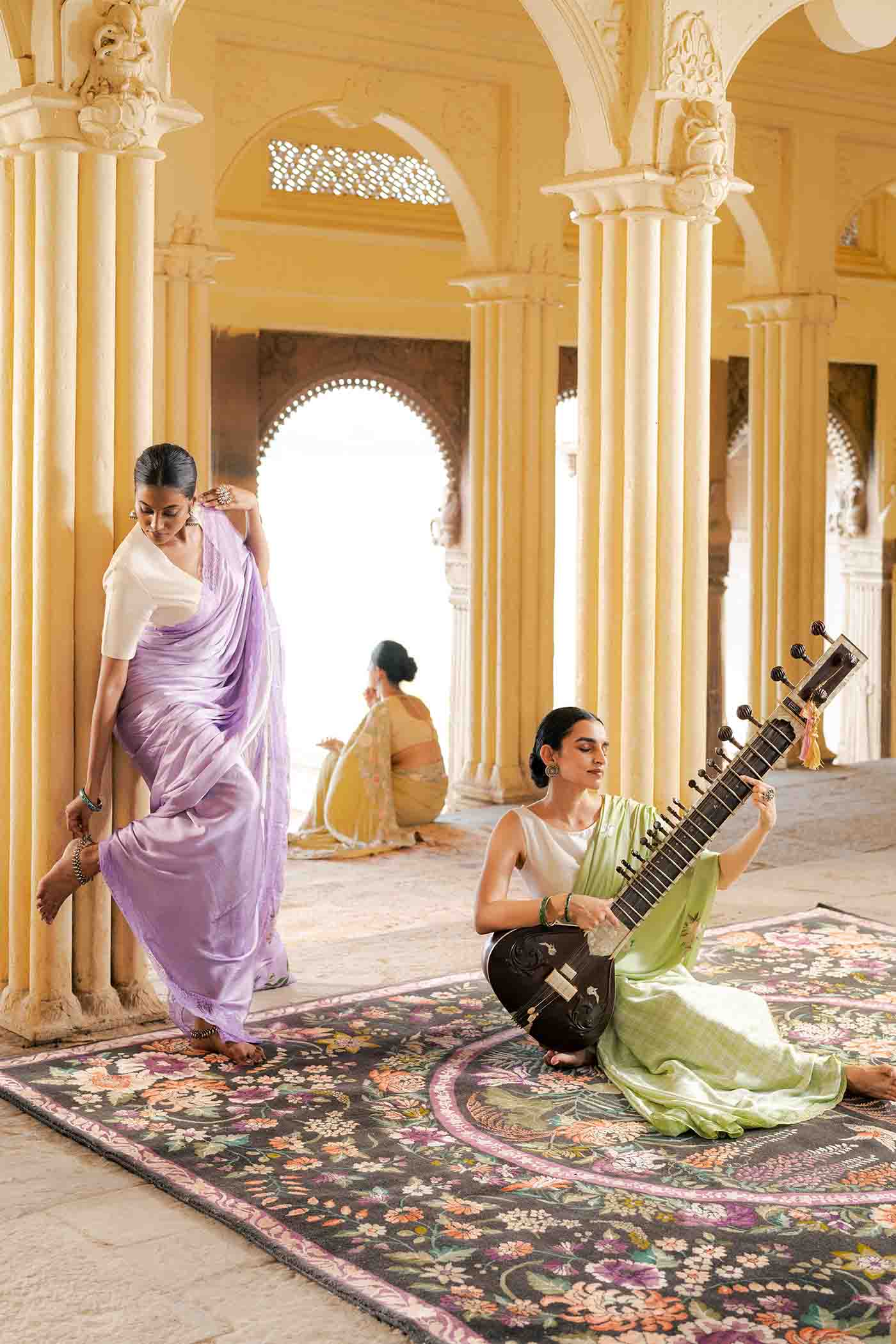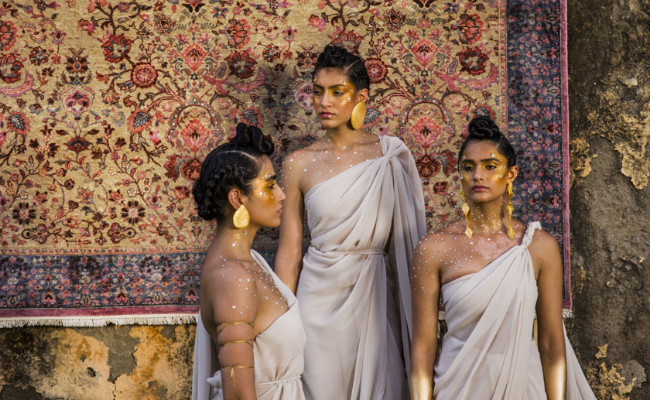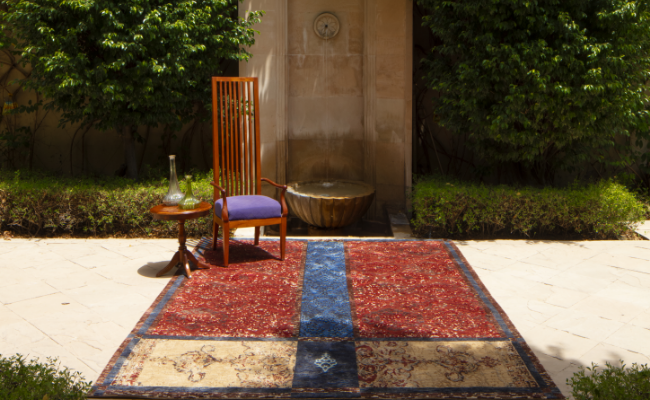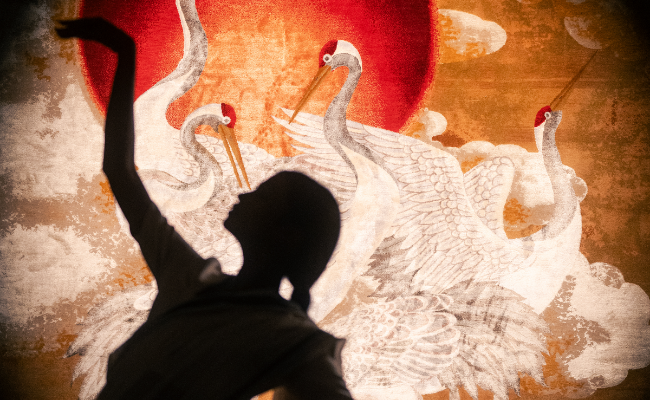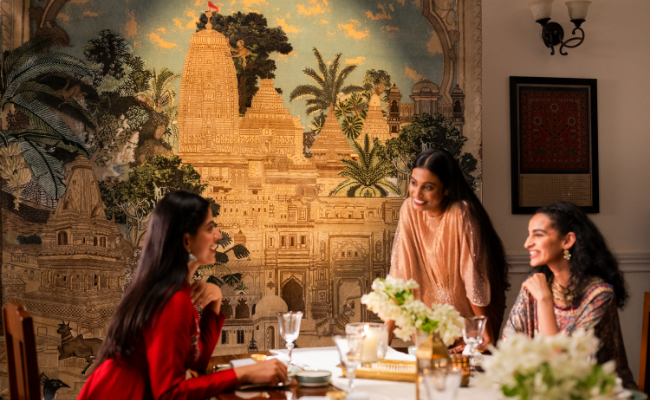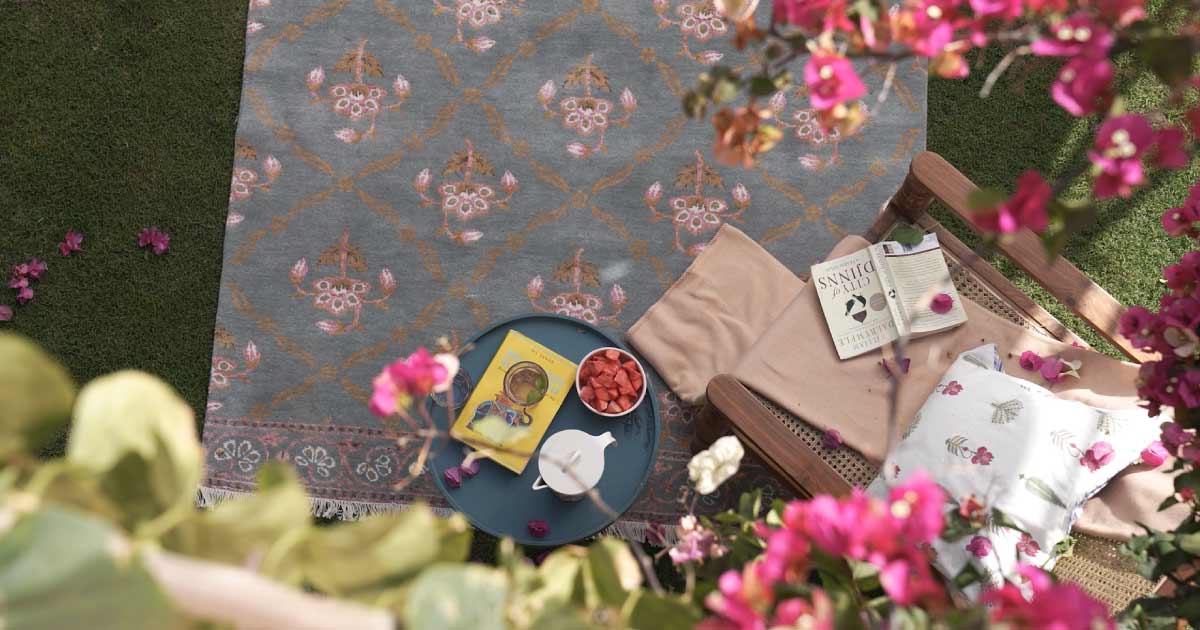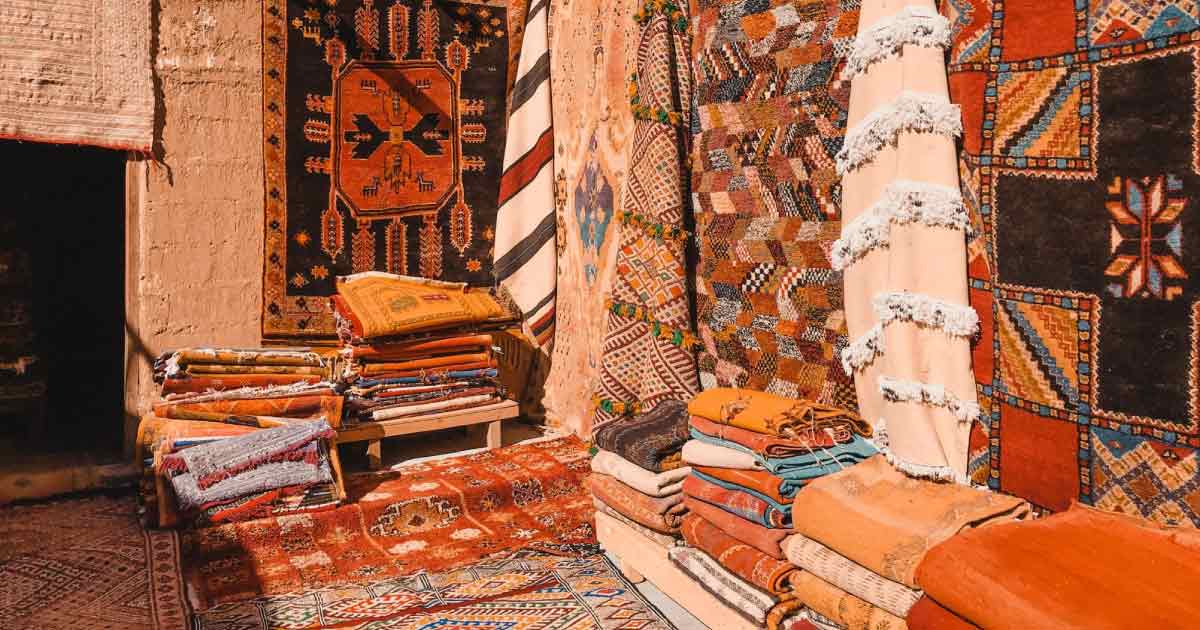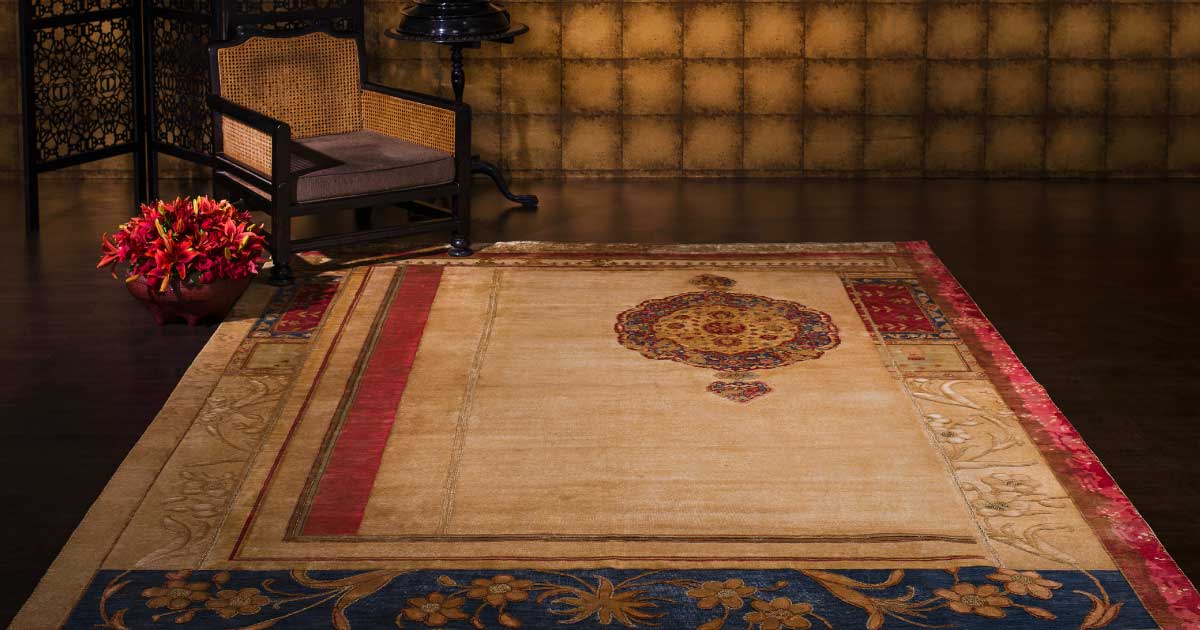
The Beautiful Journey of Handcrafted Rugs
Throughout human history, creations and inventions have played an important role. Man never gave up on the limited resources available to him; instead, working his way around what was available, he birthed luxury in ways to indulge in more than one way. The primitive need for one's survival and endurance in harsh weather paved the way for the invention of the carpet. Hence, we trace the oldest origins of carpet weaving to Tribal communities. Even thousands of years ago, methods for making rugs were available, or were made available with human intervention.

Every Obeetee rug, through its marvellous threads, tells these stories of times gone by with utmost magnificence. Rugs are like the golden, glistening sand that flows through dunes, ultimately reaching its destination, and once they reach a different region, they are adapted in their own unique way. Despite the new forms and adaptations, rugs have easily spoken of the eras they were crafted in and have stood through the ravages of time and destruction. Kingdoms have long come and gone, but what they have left behind is a rich legacy through these exquisite pieces.
Carpets have come a long way since then. Tribal nomadic communities utilized the skin of animals and used their hides, employing extensive hand-weaving techniques to perfect the craft of weaving. Research by archaeologists gives us a peek into the carpet making traditions of ancient times. It has actively revealed that carpet making has its links with the ancient kingdoms of Mesopotamia and Egypt. Different types and kinds of rugs, coming in all shapes and sizes, have been used for a variety of purposes in ancient gardens. Clearly these relics truly have some interesting stories for us. Let us delve into some of these.
1) Symbolism in the early times
Carpets, much like a lot of olden-day art and literature, feature ancient symbols that have found meaning that has become crucial in the modern carpet world. The carpets of Beni Ourain, by the Berber tribes of Morocco, is one such example of ancient symbols featuring in the carpet patterns and designs, symbolizing prosperity and good fortune. These symbols essentially form the basis of the first language.
2) Development in weaving techniques
With the passage of time, the weaving process became more complex, varied, and sophisticated. This development resulted in the possibility of producing newer, more elaborate designs. With these developments rapidly taking place, the depiction of moments in history, war scenes, realms, and the imagery of new emerging lands and civilizations became prevalent.
3) Rise of hand weaving
It would be no exaggeration to say that during the time of the Ottomans and the Safavids, carpet weaving reached its absolute zenith. It not only received patronage but also developed into a formalized and institutionalized medium of art. It had a huge impact on the overall rise of these empires. The demand for carpets led to growth in a global market and sped up trade, and exports. Clearly, it was a symbol of royalty and wealth, and the nobility and the ruling classes boasted of the finest carpets in all of Central Asia.
4) Rugs as a status symbol
Talking about art and design, we make it a point to not conclude without mentioning Da Vinci and Michelangelo and their famed cathedral frescoes. The indispensable nature and presence of rugs in paintings, especially in those belonging to the Renaissance period of Italian history, corroborate their role as tools of power and status. Carpets have adorned mosques and Cathedrals alike from the time of Renaissance to form a tradition of carpet weaving.
5) Finest carpets in existence
Some very intricate accents, like the Antique Pictorial Turkish Tuduc Rug, Fine Biblical Adam and Eve Scene Turkish Pictorial Antique Silk Rug, Vintage Judaic Purim Scene Tapestry Rug, Oversized 17th Century Hunting Scene Persian Isfahan Rug, Antique Oversized Animal Hunting Scene Turkish Hereke Rug, Oversized Antique Persian Hunting Scene Kerman Rug, and the Antique 18th Century Caucasian Rug with Animal Design feature some of the most vivid imagery and artworks ever to have decked carpets or other luxury decor, for that matter. Certain Anatolian tribal carpets have preserved extremely extensive compilations, among other carpet weaving communities.
Stories abound in carpets all through history. We at Obeetee ensure that every rug crafted by our expert craftspeople is woven keeping in mind the heritage of India. Our Proud To Be Indian series is a collaborative venture with some of the most reputed designers in the Indian fashion scene and is inspired by the textiles and ethnic traditions of our country. It is a celebration of the local arts, and the collection applauds our rich heritage and the craftsmanship of our weavers, who are credited with the creation of hand-knotted carpets. Kapurthala, a series of hand knotted rugs featuring pieces by J J Valaya, and a compilation designed for those opulent havelis designed by Raghavendra Rathore are our most praiseworthy collections, embodying India’s finest art forms. Our legacy is 102 years old reviving carpet making, producing the finest quality rugs for you.


